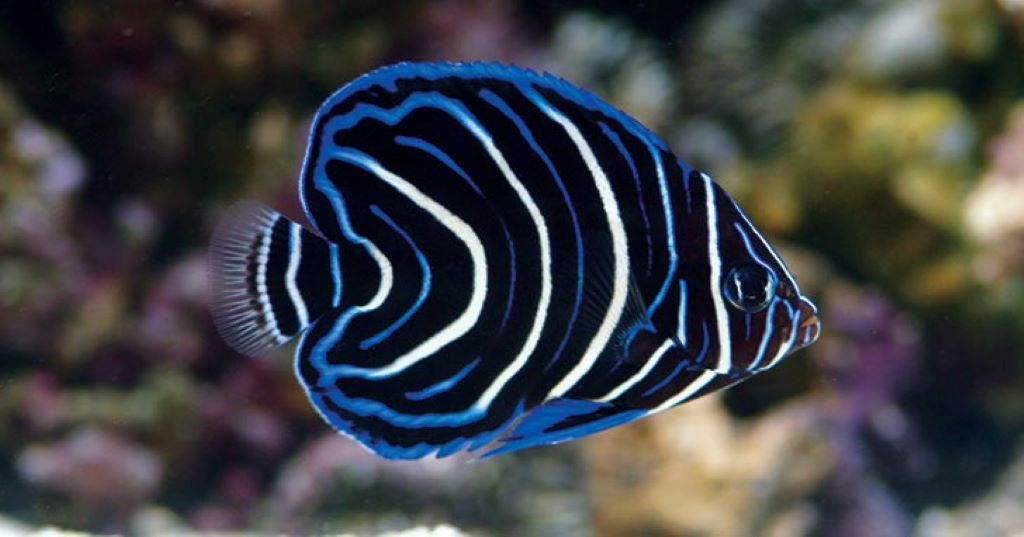Introduction
Bringing home a new reef fish is an exciting experience for any aquarist. However, it’s crucial to remember that these delicate creatures have undergone a stressful journey from their natural habitat to your aquarium. Proper acclimation is essential to minimize stress and ensure their health and well-being. This comprehensive guide provides a detailed acclimation protocol for delicate reef fish , focusing on minimizing stress and promoting a smooth transition into their new home.
Understanding the Importance of Acclimation
Reef fish are sensitive to changes in their environment, particularly fluctuations in water parameters such as temperature, pH, salinity, and ammonia levels. Acclimation is the process of gradually introducing your new fish to the water conditions in your aquarium, allowing them to adjust slowly and avoid shock.
Why Delicate Reef Fish Need Special Care
Delicate reef fish, such as anthias, wrasses, and butterflyfish, are particularly susceptible to stress due to their specific needs and sensitivities. These fish often come from pristine reef environments with stable water conditions. Sudden changes in their environment can weaken their immune system, making them more prone to diseases and parasites.
The Acclimation Process: A Step-by-Step Guide
-
Preparation is Key
Before your new arrival, ensure your aquarium is in optimal condition. This includes:
- Stable Water Parameters: Maintain stable water parameters within the ideal range for your fish species.
- Quarantine Tank: Set up a separate quarantine tank to observe your new fish for any signs of disease or parasites before introducing them to your main display tank.
- Dim Lighting: Reduce lighting in the quarantine tank to create a calming environment.
- Necessary Equipment: Gather the necessary equipment, including a bucket, airline tubing, drip acclimation kit, and a net.
-
Receiving Your New Fish
When your fish arrives, inspect the shipping bag for any signs of damage or leaks. Float the bag in your quarantine tank for 15-20 minutes to equalize the temperature.
-
The Drip Acclimation Method
Drip acclimation is the most recommended method for delicate reef fish as it allows for a gradual and controlled change in water parameters. Here’s how to perform drip acclimation:
- Transfer to a Bucket: Gently transfer the fish and the water from the shipping bag into a clean bucket.
- Start the Drip: Set up your drip acclimation kit to slowly drip water from your quarantine tank into the bucket. Aim for a drip rate of 2-3 drops per second.
- Monitor and Adjust: Monitor the water volume in the bucket and discard excess water to maintain a consistent level. This process usually takes 1-2 hours, depending on the size of the bucket and the drip rate.
- Observe the Fish: Closely observe your fish during the acclimation process. Look for signs of stress, such as rapid breathing, gasping at the surface, or erratic swimming. If you notice any signs of distress, slow down the drip rate.
-
Final Transfer
Once the acclimation is complete, gently net the fish and transfer it to the quarantine tank. Avoid transferring any water from the bucket to the quarantine tank.
-
Post-Acclimation Care
- Observation: Continue to monitor your fish closely for any signs of stress or disease in the quarantine tank.
- Feeding: Offer a small amount of high-quality food after a few hours. If the fish doesn’t eat immediately, don’t be alarmed. It may take some time for them to adjust and regain their appetite.
- Gradual Introduction: After the quarantine period (typically 2-4 weeks), slowly acclimate the fish to your main display tank using the same drip acclimation method.
Additional Tips for Successful Acclimation

- Minimize Handling: Handle the fish as little as possible to reduce stress.
- Maintain Water Quality: Regularly test and maintain water quality in both the quarantine and display tanks.
- Provide Hiding Places: Offer plenty of hiding places in the quarantine and display tanks to help the fish feel secure.
- Research Your Fish: Research the specific needs of your fish species to ensure you provide optimal care.
Popular FAQs about Acclimating Delicate Reef Fish
-
Can I acclimate my fish directly by floating the bag and releasing them?
Direct acclimation is not recommended for delicate reef fish as it can cause significant stress due to the sudden change in water parameters.
-
How long should I quarantine my new fish?
A quarantine period of 2-4 weeks is generally recommended to observe for any signs of disease or parasites.
-
What should I do if my fish shows signs of stress during acclimation?
Slow down the drip rate and observe the fish closely. If the stress continues, stop the acclimation process and consult a veterinarian or experienced aquarist.
-
Can I use medications during the acclimation process?
It’s generally not recommended to use medications during acclimation unless there’s a clear indication of disease. Medications can further stress an already vulnerable fish.
-
How can I make my fish feel more comfortable in its new home?
Provide plenty of hiding places, maintain excellent water quality, and offer a varied diet to help your fish feel secure and thrive in its new environment.
Conclusion
Acclimating delicate reef fish requires patience and attention to detail. By following this comprehensive guide and understanding the specific needs of your fish, you can ensure a smooth transition and a healthy start to their life in your aquarium. Remember, proper acclimation is crucial for the long-term health and well-being of your delicate reef fish.
Read More:
Reef Aquarium Safe Silicone Glue: Your Guide to a Watertight Wonderland!




